mCent Browser looks to change use of ad-blockers: Nathan Eagle, Jana
Mobile advertising company Jana has been providing over 30 million users in emerging markets with unrestricted, ad-sponsored internet access through partnerships with 99 per cent of mobile operators. Jana’s mCent products serve as a gateway to mobile content by leveraging advertising to offset user data costs. Advertisers work with Jana to develop strategic mobile advertising campaigns and engage consumers in these rising markets.
Jana recently launched its mCent Browser in India, with which the company seeks to take the next step toward fulfilling its mission to make the internet free for the next billion. In the initial phase, users can receive up to 10 MB data per day or 70 MB free data per week. As more advertisers are added to the platform, the data limit will increase, to reach the ultimate goal of providing one billion mobile users in India and beyond with unlimited access to the internet.
Speaking at the launch, Dr Nathan Eagle, CEO and Co-Founder, Jana, had said, “Our mission is to make the internet free for the next billion. We aim to provide unrestricted access to the entire internet, with a quality user experience. Through mCent Browser, users can now pick up their phone every day and browse the internet without worrying about high data costs.”
In conversation with Adgully, Dr Nathan Eagle speaks at length about Jana’s growth plans in India, PublicisGroupe’s Maurice Levy’s role in the company, advertisers on board, making the internet free for the next billion and more. Excerpts:
What kind of potential do you see in the Indian market?
The Indian market, like other emerging markets, has a great deal of potential. By 2050, India will overtake the United States and become the second largest world economy, right behind China. It’s also the world’s second-largest smartphone market – increasing by 30 per cent between 2015 and 2016. Meanwhile, in the US, smartphone growth increased by only 3 per cent over the same period of time. When it comes to advertising, mobile ad spend will represent 50 per cent of all digital ad spend in India by 2020. For Jana, India is our largest market and we expect smartphone adoption will continue to increase mobile data demand.
Why haven’t we really heard about Jana? PublicisGroupe’s Maurice Levy is on the board of Jana. What is his role in the company?
Our focus has always been gaining visibility for our mCent products. mCent experienced rapid growth with over 30 million registered users in emerging markets in less than three years, which organically led to advertisers looking to work with Jana. As we face more competitors in the space and we develop new products, we realise it’s important that advertisers not only know about our products, but our company as well.
Our board, inclusive of Maurice Levy, serves an advisory role for the company. We look to him and our other board members for guidance and feedback as we continue to grow.
How exactly do you plan to give free internet access to 1 billion people? How close are you to achieving this goal?
By 2020, over $330 billion in advertising dollars will be spent by global brands in emerging markets. Today, that spend is going directly into the pockets of the people who own billboards in New Delhi, radio stations in Lagos, and TV channels in Sao Paulo. If we can redirect even a quarter of this spend directly to the consumers that these global brands are trying to reach on mobile, we can scale from providing unrestricted internet access to 30 million people, to over a billion people. With mCent Browser’s release, I believe we are on the cusp of achieving this goal.
How does mCent make the internet more accessible?
mCent and mcent Browser serve as a gateway to mobile content for users by leveraging advertising to offset user data costs. As the user engages with mCent, they receive a certain amount of data based on their engagement with the apps they download through mCent. For mCent Browser, the user is able to receive up to 10MB per day just by browsing the internet. As more advertisers are added to the platform, the data limit will increase, to reach the ultimate goal of providing one billion mobile users in India and other markets with unlimited access to the internet.
Who are some of the key advertisers that you have tied up with in India?
We’ve worked with a variety of advertisers in India, including Uber, Amazon, and many others. If there is an advertiser looking to engage users in India or emerging markets, it’s likely we’ve been working with them.
How can advertising be the key to unlock emerging markets? How are you tackling the ad-blockers?
Users are data-conscious in emerging markets. They’re turning to ad-blockers to reduce the load time of pages and ultimately, save data. Almost two-thirds of smartphone users in India use ad-blocking browsers, but mCent Browser looks to change this user behavior and preference.
In mCent Browser, advertising is not a hinderance, annoyance, or blocker of the user experience, but rather an enabler. We’re looking to change the role of advertising through our browser. Advertising is perceived as a benefit by our users because they understand that the ads are what enable them to freely browse the web. Our native advertising capabilities integrate brands into the browser experience. This allows and encourages a high level of intent and engagement from the user when they do interact with the ads.
What are the challenges of providing internet access in emerging markets like India?
For emerging markets, the main challenge we face is coverage and reliability. Although companies like Reliance Jio are looking to change this issue, 4G speed in India is 6.4 MBPS – the third-slowest 4G network in the world. We’re hopeful that as the telco market continues to evolve in India, we’ll see a shift towards higher speeds and better coverage. This will allow products like mCent Browser to truly enable users to access the internet.
What are the hurdles that you are facing in building mobile audiences in developing nations?
The challenge with building mobile audiences in emerging markets is that technologies are constantly changing and evolving. Users are bombarded with more options and apps they can choose from on a daily basis. We have to make sure our products appeal to these users and that they get the best user experience possible.
What are your investment plans in the Indian market?
With mCent Browser launching first in India, we’re looking to invest a great deal in the Indian market. Both in terms of maintaining our partnerships with telcos and marketing, we look to utilise our recent investment from Verizon Ventures of $57 million to invest in India and other emerging markets.
What is Jana’s revenue structure for India? What are the factors that will contribute to its profitability?
Jana’s revenue structure remains the same across all markets. Our products leverage advertising to offset data costs for users. Jana receives a certain amount from the advertisers to access our user base and advertise within our products.






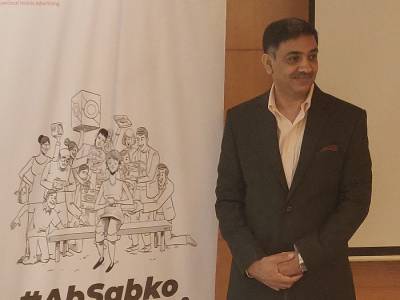


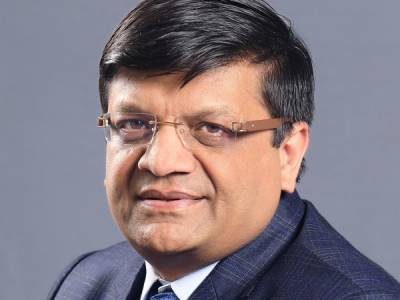


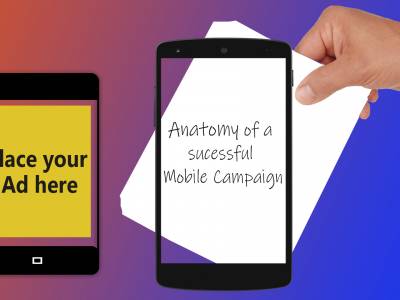

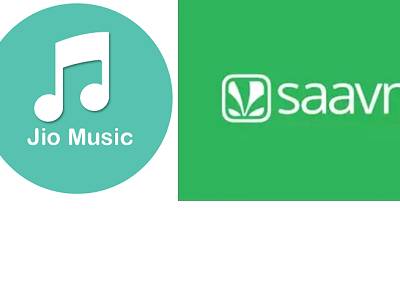

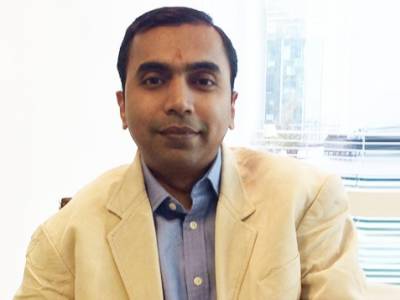
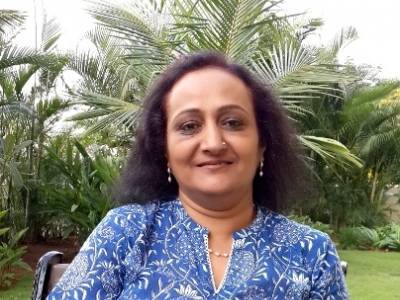



Share
Facebook
YouTube
Tweet
Twitter
LinkedIn